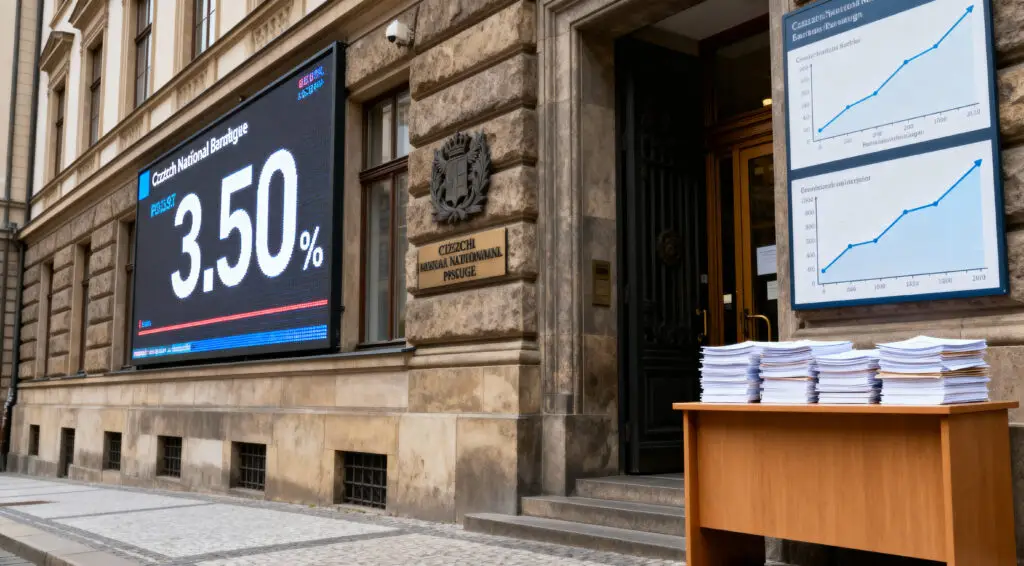The Defining Architectural Battle in Decentralised Finance
As Decentralised Finance (DeFi) continues its rapid maturation and edges closer to integration with mainstream global financial systems, a fundamental question about its underlying infrastructure intensifies. In 2025, this crucial decision is no longer purely technical; it represents a profound contest between two distinct architectural visions. On one side stands Ethereum, with its modular, decentralisation-first stack, prioritising security and political neutrality.
On the other is Solana, advocating a high-performance, monolithic approach that emphasises speed and efficiency. The outcome of this architectural debate will be pivotal in determining the trajectory of blockchain-based finance and will ultimately shape the very architecture of tomorrow’s global financial systems.
Ethereum The Foundation of Serious DeFi
Ethereum is widely regarded as more than just a blockchain; it is the fundamental bedrock upon which modern DeFi is built. It serves as the primary environment where secure, composable applications can truly thrive and where long-term financial infrastructure is meticulously constructed. Institutional players consistently turn to Ethereum when their objective is to tokenize assets with unwavering confidence, and significant capital flows into its ecosystem precisely for its unparalleled security.
The compelling fact that over 55% of the total value locked (TVL) across major chains resides on Ethereum powerfully attests to its undeniable dominance and trusted position within the DeFi landscape. This deep-rooted trust underscores Ethereum’s role as a secure and reliable foundation for complex financial operations.
Ethereum’s Modular Scaling and Decentralisation Commitment
Unlike Solana’s one-size-fits-all Layer 1 approach, Ethereum has strategically embraced a modular scaling architecture. In this design, Layer 1 remains the core foundational layer, while Layer 2 solutions are specifically designed to handle particular workloads, such as microtransactions or gaming applications. This modular structure effectively prevents congestion on the main chain, thereby preserving the core principle of decentralisation while simultaneously enabling significant scalability.
With the recent rollout of Proto-Danksharding in early 2025, Layer 2 transaction costs have experienced a dramatic reduction, further cementing Ethereum’s leading position in modular blockchain architecture. This commitment to decentralisation is Ethereum’s greatest strength, a key trait in an increasingly regulated environment, as speed and user experience can be optimised, but decentralisation, once compromised, is nearly impossible to restore.
Trade-Offs and Developer Experience on Ethereum
While Ethereum’s modular model offers significant advantages, it does come with certain trade-offs, primarily the potential for fragmentation across its Layer 2s. Some DeFi primitives, for optimal functionality and full composability, ideally need to reside on Layer 1. Although isolated applications like order book Decentralised Exchanges (DEXs) can function effectively on Layer 2s, these solutions can sometimes feel like a temporary fix rather than a long-term design. Truly integrated DeFi often demands synchronous, on-chain composability, which typically works best when all operations occur at the same base layer.
Despite this, Ethereum maintains a significant edge in developer experience. Writing secure and well-tested smart contracts on Ethereum is considerably simpler than on Solana, contributing to the confidence developers have in making contracts immutable. It is no coincidence that nearly every major DeFi innovation has originated on Ethereum, with over 1,388 deployed protocols compared to Solana’s 232, clearly demonstrating its developer ecosystem’s maturity and innovation.
Solana: Fast and Efficient but Centralised Concerns
Solana approaches the same scaling challenge from a fundamentally different architectural angle. Its monolithic design keeps everything on a single Layer 1, which offers tangible benefits in terms of performance. Solana boasts extremely fast transactions, remarkably low fees, and a seamless user experience. From a raw performance standpoint, Solana is undeniably compelling, capable of processing 3,000–4,000 transactions per second (TPS) today, with expectations of reaching over 1 million TPS through the upcoming Firedancer validator.
These impressive numbers, based on testnet results, significantly outpace Ethereum’s average of 15–30 TPS. However, this high performance comes with a notable trade-off: Solana’s design includes a leader node that sequences transactions, which, while improving throughput, introduces centralisation risks. The network, though distributed, is not considered truly decentralised, a distinction that matters profoundly, especially as institutions increasingly prioritise political neutrality and censorship resistance in their blockchain choices.
Structural Soundness Versus Mass Adoption The Core Debate
The central debate in DeFi for 2025 and beyond revolves around a critical question: what should the sector prioritise for optimisation structural integrity or mass adoption? This involves a fundamental choice: should we focus on building resilient, decentralised, and composable systems, even if they are initially slower and more complex to develop and use? Or should the priority be placed on achieving massive scale and superior user experience, potentially at the expense of core crypto values like decentralisation and censorship resistance?
Chasing adoption without ensuring fundamental structural soundness is viewed by many as a short-sighted approach. If protocols compromise on security or decentralisation, regulators will inevitably impose the same constraints and burdens that currently affect traditional finance, at which point the transformative promise of DeFi would be significantly diminished or even lost entirely.
The Future Path Ethereum’s Robust Approach
That is precisely why institutional capital continues to strongly favour Ethereum, and why this preference is widely expected to hold firm in the long run. The core principles of neutrality and security cannot be retrofitted onto a blockchain; they must be meticulously built into the base layer from the very beginning of its design. If the ambition is for DeFi to not only outlast the inevitable hype cycles but also to form the resilient backbone of a new global financial order, then Ethereum, with its uncompromising commitment to decentralisation and security, offers the most robust and reliable path forward. It provides the strongest opportunity to construct financial rails that are inherently resilient, demonstrably secure, and fundamentally unco-optable, ensuring the long-term integrity and transformative potential of decentralised finance.























